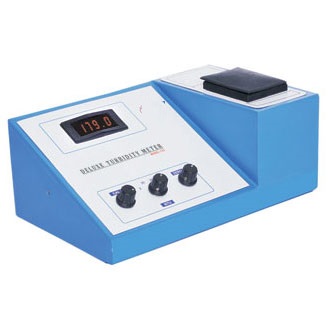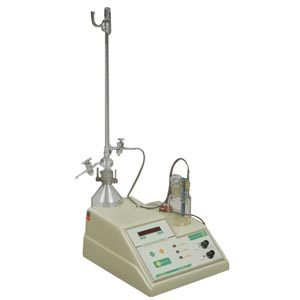Description
A digital turbidity meter is an instrument used to measure the clarity or turbidity of a liquid sample by measuring the amount of light scattered by suspended particles in the sample. Turbidity is an important parameter in water quality analysis, as it can indicate the presence of suspended solids, bacteria, and other impurities in water.
Digital turbidity meters typically consist of a light source, a photo detector, and a display unit. The light source emits light that passes through the sample and the scattered light is detected by the photo detector. The amount of scattered light is then converted into a turbidity value and displayed on the screen.
Some digital turbidity meters are equipped with a cuvette or sample chamber, where the liquid sample is placed for measurement. Others may have a built-in sensor that is directly immersed in the liquid sample.
Digital turbidity meters offer several advantages over traditional turbidity measurement methods, such as visual inspection or nephelometric methods. They provide more accurate and precise measurements, can be used to measure a wider range of turbidity levels, and offer faster results. Some digital turbidity meters also have additional features, such as automatic calibration, data logging capabilities, and the ability to measure temperature and pH.
Regular calibration and maintenance of digital turbidity meters is important to ensure accurate and reliable measurements. Calibration involves comparing the turbidity meter readings to a known standard and making adjustments if necessary.







